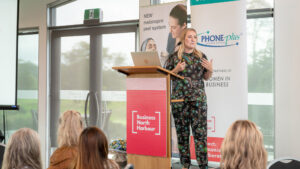If you run a business that grows, makes, sells, stores or transports food, there are food safety requirements you must meet. New Zealand Food Safety, a business group of the Ministry for Primary Industries, has worked with food businesses, councils and verifiers to develop three new tools to help you understand and meet the food rules for your business.
Food Act 2014 — New Zealand Food Safety
My Food Rules
My Food Rules is the fastest and easiest way for you to find out what food safety rules you need to follow. This online tool will take you through a series of questions about what you do in your business. It takes about 15 minutes.
Once finished, you’ll:
get the right information about the plan or programme you need to use, eg Food Control Plan or National Programme
find out where to register your business
know who can verify your business.
My Food Rules – New Zealand Safety
My Food Plan
Once you’ve done My Food Rules, you may be directed to the Custom Food Control Plan option, called My Food Plan. My Food Plan is designed for businesses that make high-risk foods, like chilled or ready-to-eat foods, or need to have a plan that covers multiple Food Act registrations. My Food Plan includes food safety procedures that have been pre-evaluated and can be registered within 20 days, which could save you time and money.
My Food Plan could be a good option for a café that makes and sells coffee to other businesses. Or a baker making cakes in their home kitchen who wants to supply to a local restaurant.
Steps to a My Food Plan – New Zealand Food Safety
Remote Verification
If you’re one of over 1,000 food businesses located in a remote part of New Zealand, then you may be eligible for Remote Verification.
Typically, a verifier will visit a food business in person to make sure the operator is managing risks from potential food safety hazards, like bugs, chemicals and objects. They also check to make sure the operator makes safe and suitable food.
Businesses must cover travel costs, like car mileage or flights, for a verifier to visit their location. This can become quite expensive if the business is in a remote part of the country.
With Remote Verification, the verifier uses technology, ie smart device and Skype. Because the verifier doesn’t travel to the physical location, this is a more cost-effective option for the business.
Remote Verification may be possible for your business if:
- it is a low-risk business registered at a National Programme level
- it has a good compliance history
- it doesn’t export food
- you have the technology available to connect with your verifier at your site and can use it
- you are located at least 1.5 hours from your verifier (to make Remote Verification cost-effective).
New Zealand Food Safety has more information about Remote Verification on their website including how to qualify, the technology you’ll need and what to expect during the process.
Remote Verification— New Zealand Food Safety
National Programmes — New Zealand Food Safety
Source: Business. Govt. NZ





